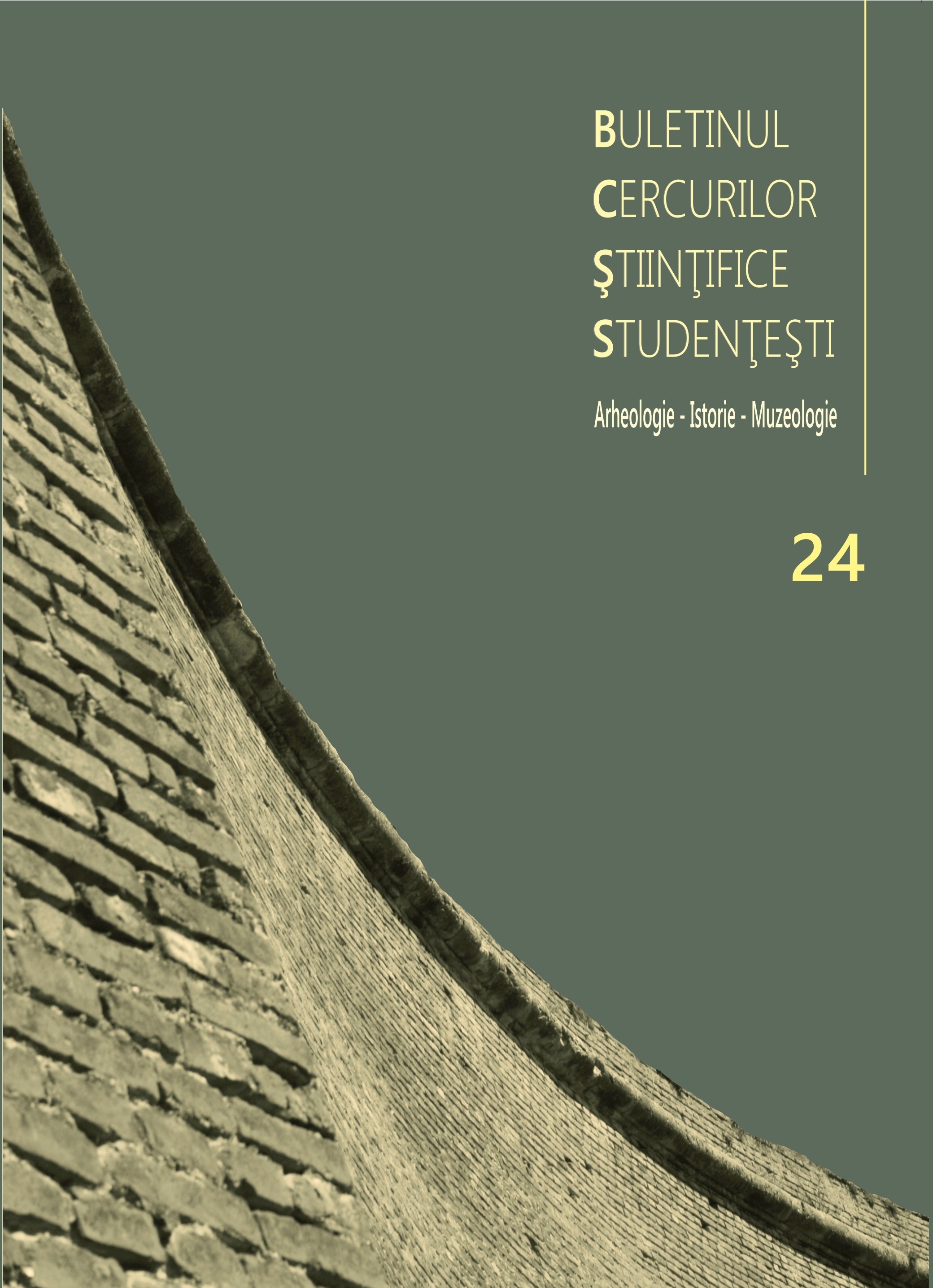Arme sau unelte? Analiza unor artefacte din colecția Muzeului Municipal Mediaș
Weapons or tools? The analysis of some objects preserved by the Mediaș Municipal Museum
Author(s): Claudiu PurdeaSubject(s): History, Middle Ages
Published by: Universitatea »1 Decembrie 1918« Alba Iulia
Keywords: battle knives; archeological detection; Late Middle Ages; Transylvania;
Summary/Abstract: This article presents an analysis of a set of 14 objects kept by the Mediaș Municipal Museum. The fact that the objects were found by metal detectorists and removed from the soil has rendered difficult their dating and understanding of their function. As their place of discovery and the archeological context are missing, the result was that they were neglected by historical investigations of material culture. However, I think that their documentary value makes them worthy of historical analysis. Thus my preliminary assessment suggested that they could have been battle knives from fifteenth to sixteenth centuries. After the removal of the corrosive layer by cleaning operations carried out in laboratory, I could identify craftsmen signs and traces of concussion on the cutting edges and the edges of the knives. In seven cases the craftsman sign was identified as the shell of Apostle James/Pecten Jacobeus. The comparison made with objects displaying similar shapes and decoration discovered in Moravia gave my analysis the possibility of using the typology proposed by Czech scholars and the datation of the objects within a broader chronological span. The analysis of the objects from Mediaș in combination with the examination of medieval visual sources of similar objects led to the conclusion that these knives could be used both as weapons and as tools in day by day activities. Their function can determined by the lenght of the blade; the longer ones were weapons, while the shorter blades were everyday life tools. This type of objects was mass produced and circulated in all Central Europe. The pieces discovered in Transylvania, Wallachia or Hungary belonged to this type and the broader phenomenon of production and circulation. The scholarly literature proposes a variety of labels employed to define them. They were called “battle knives” or “hunting knives” based on the supposed use. According to possessors’ criterion, they were named “Hussite” or “peasant” knives. The shape provided the convenient “long knives” label. There were proposed also unsuitable terms like “hunting sword” or “broadsword.” The work proposes also suggestions regarding some details of the objects (especially the small guards) and some brings some corrections to erroneously interpreted discoveries made on the territory of Romania.
Journal: Buletinul Cercurilor Științifice Studențești
- Issue Year: 24/2018
- Issue No: 1
- Page Range: 175-206
- Page Count: 33
- Language: Romanian

